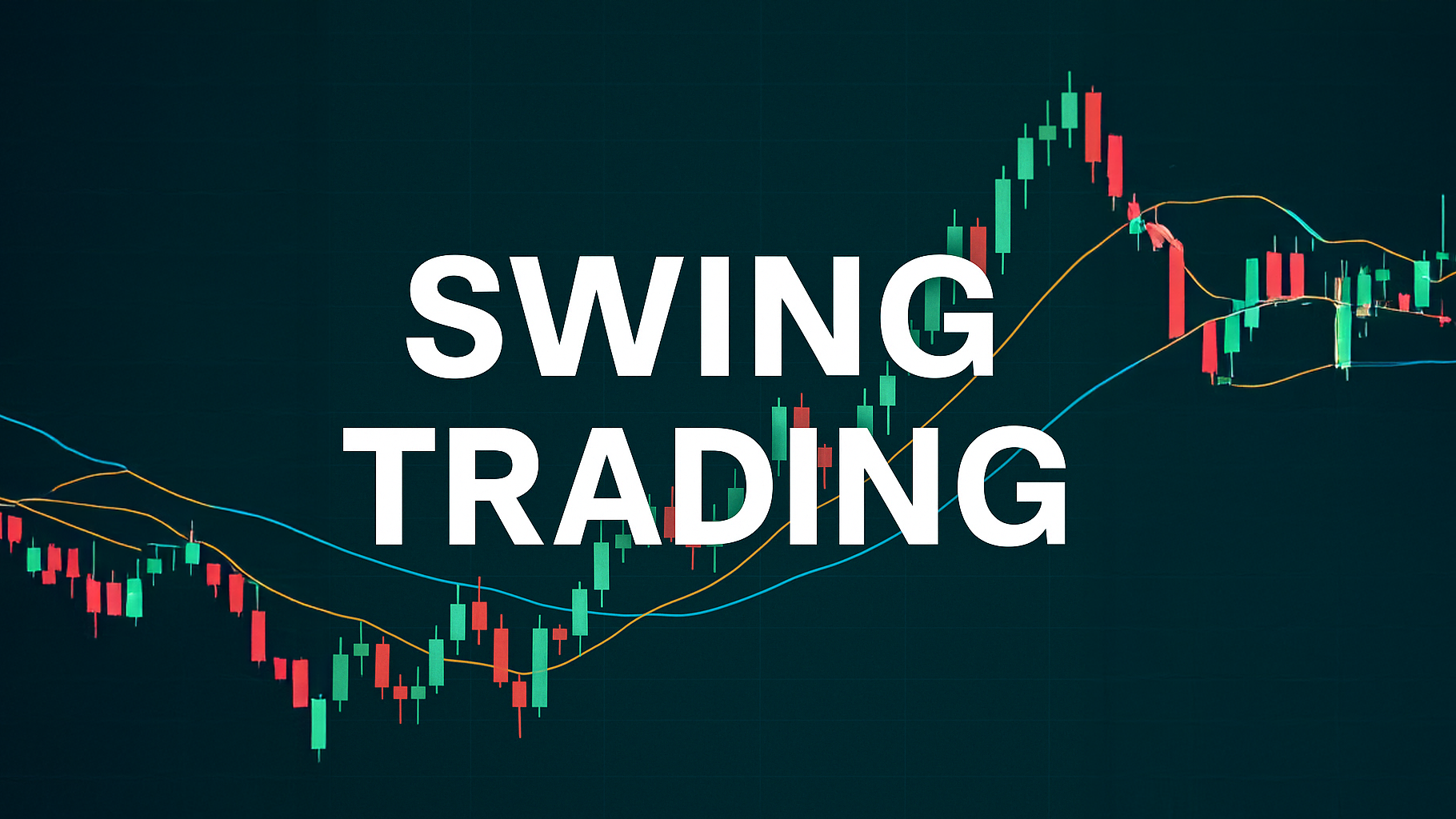Learn to identify triple top and bottom patterns for effective market reversal predictions, enhancing your trading strategies.
Triple top and bottom patterns are powerful formations for predicting market reversals in trading. Here's what you need to know:
- Triple Top: Three peaks at similar price levels signal a bearish reversal. Look for declining volume at each peak and a strong break below support.
- Triple Bottom: Three troughs at similar price levels signal a bullish reversal. Look for declining volume at each low and a breakout above resistance.
- Key Confirmation: Volume trends are critical. Rising volume on breakouts confirms the pattern's validity.
Quick Tips:
- Identify three aligned peaks (tops) or troughs (bottoms) with even spacing.
- Use volume analysis to confirm the pattern.
- Plan trades with stop-losses and realistic price targets based on pattern height.
Whether you're trading stocks, forex, or crypto, mastering these patterns can help you spot high-probability opportunities and manage risk effectively.
Identifying Triple Top Patterns
Spotting a triple top pattern involves closely examining both price action and trading volume. These formations often appear at the end of an upward trend and suggest a potential bearish reversal.
Identifying the Three Peaks
A triple top is characterized by three peaks that occur at nearly the same price level. A 2016 study in Technical Analysis of Stocks & Commodities found that correctly identified triple top patterns had a 79% success rate in predicting downward trends [1].
Key features to look for:
- Three peaks forming near the same resistance level (within a 1-2% range)
- Clear pullbacks between each peak
- Even spacing between the peaks
- Pattern appearing after a steady upward trend
Volume Trends in Triple Tops
Volume plays a crucial role in confirming the triple top pattern and helps traders determine when to enter or exit trades.
| Peak | Volume Characteristics |
|---|---|
| First Peak | Highest volume, reflecting strong buying interest |
| Second Peak | Lower volume, signaling reduced momentum |
| Third Peak | Lowest volume, indicating buyers are losing confidence |
"The triple top pattern is important for signaling a bearish price reversal in capital markets and indicates a shift from high demand to high supply." - Technical Analysis Expert
Recognizing Variations and False Signals
Take Tesla (TSLA) in 2022 as an example. The stock formed a triple top with three peaks near $308. Once it broke below the $265 support level, the price dropped significantly, confirming the bearish trend.
To avoid being misled by false signals, focus on these factors:
- Clear rejection at resistance levels
- Declining volume with each peak
- A strong break below support, accompanied by higher volume
- A trade setup offering at least a 2:1 risk-reward ratio
Advanced features from LuxAlgo can improve pattern detection. Its extensive set of capabilities, including price action toolkits and volume analysis, can help traders filter out unreliable signals and identify better trading opportunities.
While understanding triple tops is essential for spotting bearish reversals, the next step is learning about triple bottom patterns to identify bullish trends.
Identifying Triple Bottom Patterns
Triple bottoms suggest bullish reversals, signaling potential market recoveries. Unlike triple tops, which indicate bearish reversals, these patterns emerge during downtrends when buyers regain control, forming three distinct troughs at similar price levels.
Spotting the Three Troughs
For a triple bottom to be valid, three clear lows must test the same support level. Here’s what to look for:
| Pattern Component | Validation Criteria |
|---|---|
| Support Level | Three lows within a 1-2% price range |
| Time Frame | Spread over several weeks to months |
| Price Action | Selling pressure decreases with each low |
| Pattern Height | At least 10-15% from support to resistance |
Volume Analysis in Triple Bottoms
Volume provides crucial confirmation for triple bottom patterns. A reliable pattern often shows the following volume behavior:
| Trough | Volume Characteristics |
|---|---|
| First | Highest selling volume |
| Second | Moderate volume |
| Third | Lowest volume, followed by a strong bounce |
"A triple bottom signals a shift in market sentiment as sellers fail to break support three times." [1]
Avoiding Pattern Misinterpretations
To minimize false signals, traders should carefully validate the pattern by focusing on:
- Three symmetrical troughs testing the same support level.
- Declining volume at each low, with a notable volume surge during the breakout.
- Broader trend analysis, supported by additional indicators.
Leveraging the advanced features on the LuxAlgo platform, such as its price action and volume analysis capabilities, can help identify authentic patterns and filter out noise. After confirming a triple bottom, the next steps involve validating the breakout and strategizing trade entries and exits.
Confirming Patterns and Planning Trades
Confirming Breakouts
Breakouts validate triple top or bottom patterns when the price moves decisively beyond support or resistance, accompanied by strong trading volume. This signals a potential trend reversal. Here's a breakdown of the key components for these patterns:
| Breakout Component | Triple Top | Triple Bottom |
|---|---|---|
| Volume Behavior | Rising volume on a downward break | Strong volume surge on an upward break |
| Price Action | Clear move below support | Decisive break above resistance |
| Confirmation Level | Below prior swing lows | Above intermediate peaks |
When a breakout is confirmed, the next step is to plan your trades carefully, focusing on entry and exit strategies to take advantage of the pattern.
Choosing Entry and Exit Points
The success of any trade hinges on well-timed entries and exits. For triple bottom patterns, traders often go long when the price breaks above the resistance level with increased volume. The best entry point is slightly above the breakout level to avoid being misled by false signals.
"The triple top pattern holds significance for investors because it offers insight into market forces. Upon pattern formation, a trend reverses down, with the breakout point being the support line breakout" [2]
When managing risk, stop-loss orders are essential:
- Triple Tops: Place the stop-loss above the most recent peak.
- Triple Bottoms: Set the stop-loss below the most recent trough.
Price targets can be estimated by measuring the height of the pattern and projecting it from the breakout point.
Using Advanced Features from LuxAlgo
The LuxAlgo platform offers a range of features to support trading decisions:
- Volume Analysis: Filters out false breakouts.
- Pattern Recognition: Pinpoints entry and exit levels with precision.
- Real-Time Alerts: Tracks pattern formation as it happens.
LuxAlgo's screener identifies potential setups across various assets, while its backtesting feature fine-tunes strategies using historical data. Additionally, the Oscillator Matrix toolkit provides extra confirmation signals, helping traders assess breakout strength and potential reversals.
While advanced features from the LuxAlgo platform can enhance your analysis, managing risk effectively remains key to building a solid trading strategy.
Managing Risk and Optimizing Strategies
Setting Stop-Loss and Take-Profit
Managing risk starts with defining clear stop-loss and take-profit levels. These measures protect your capital while aiming for better returns.
| Pattern Type | Stop-Loss Placement | Take-Profit Strategy |
|---|---|---|
| Triple Top | Above the highest peak | Subtract pattern height from breakout point |
| Triple Bottom | Below the lowest trough | Add pattern height to breakout point |
Aiming for a 1:2 risk-reward ratio helps ensure that potential profits outweigh losses, supporting consistent growth. Once risk levels are set, focus on calculating realistic price targets based on the pattern's structure.
Calculating Price Targets
To determine price targets, measure the height of the pattern and project it from the breakout point. This gives a clear goal for your trade. In volatile markets, it’s wise to set more conservative targets to account for unpredictable price swings.
While these targets act as a guide, combining them with technical indicators can improve decision-making and reduce risk.
Combining Patterns with Indicators
"LuxAlgo's AI-powered features and community resources enhance trade accuracy and risk management" [1][2][3]
Pairing chart patterns with key indicators can provide stronger signals for your trades. Here are some helpful combinations:
- Trend Confirmation: Use moving averages to confirm the overall direction of the market.
- Volume Analysis: Check volume activity to confirm the strength of a breakout.
- Momentum Indicators: Use tools like RSI to assess the likelihood of reversals.
Conclusion: Mastering Triple Top and Bottom Patterns
Understanding triple top and bottom patterns takes effort, practice, and the right set of strategies. With the proper techniques, traders can approach market reversals with greater confidence.
Bitcoin's triple top at $12,000 in 2019 is a great example of how volume trends can confirm the validity of these formations. By combining this understanding with the fundamentals of triple top and bottom patterns, traders can improve both their decision-making and risk management.
"By understanding how to identify and trade these formations, traders can take advantage of potential market reversals for larger profits or more conservative risk management strategies." [1]
Advanced trading platforms make recognizing these patterns easier. Providers like LuxAlgo offer features that support pattern trading by providing:
| Feature | Benefit |
|---|---|
| Pattern Validation | Confirms across timeframes |
| Volume Analysis | Tracks real-time volume trends |
The S&P 500's triple top at the 2,100 resistance level in 2015 is another example. Multiple signals, such as trendline breaks, confirmed the pattern before a major reversal occurred.
To trade these patterns successfully, combine technical analysis with solid risk management. Consistent practice, along with using advanced features and confirmation signals, can help refine your trading approach and boost confidence in execution.






